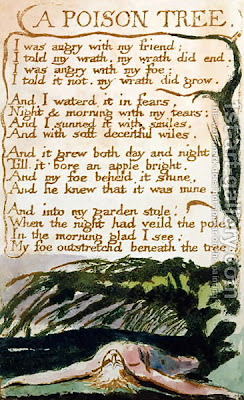After pitching my idea to Ms Wong, she approved the "sci-fi" element and the time travelling plot device but commented that the ending was very "angsty". I responded to this feedback by looking at several films related to time travelling, especially Korean films produced in the late 1990s (such as Il Mare). This gave me inspiration and several ideas to end my film instead of the cliché murder/death anti-climax. However, I still had difficulty in creating an ending which smartly unravels the time-travel paradox while making logical sense at the same time. Therefore, I decided to think of other ideas to explore the vast potential of Twilight Zone inspired chase scenes.
- A man is at work and suddenly discovers a secret camera behind the fan. A repairman rushes in and replaces the fan with a new identical one, claiming it had been misplaced. However, the man remains unconvinced and decides to chase after the repairman after he finds more secret camera scattered all over the room. After a long chase with many obstacles (seemingly aiding the repairman in escaping), the man interrogates the repairman and accuses of him of intruding upon his privacy. The repairman refuses to reply at first, but ultimately concedes that the man is the main character of a popular TV show that is broadcast 24/7.
- The protagonist lives an ordinary life until he hears a voice inside his head narrating events in his life as they happen. He gets extremely paranoid and scared. That night he hears the same voice on television, during an interview with a famous author. He discovers that he is a character in his new book, but is shocked to hear the author say that he will die a tragic death. The protagonist chases the author in an attempt to alter the story's ending- and his own destiny.
















